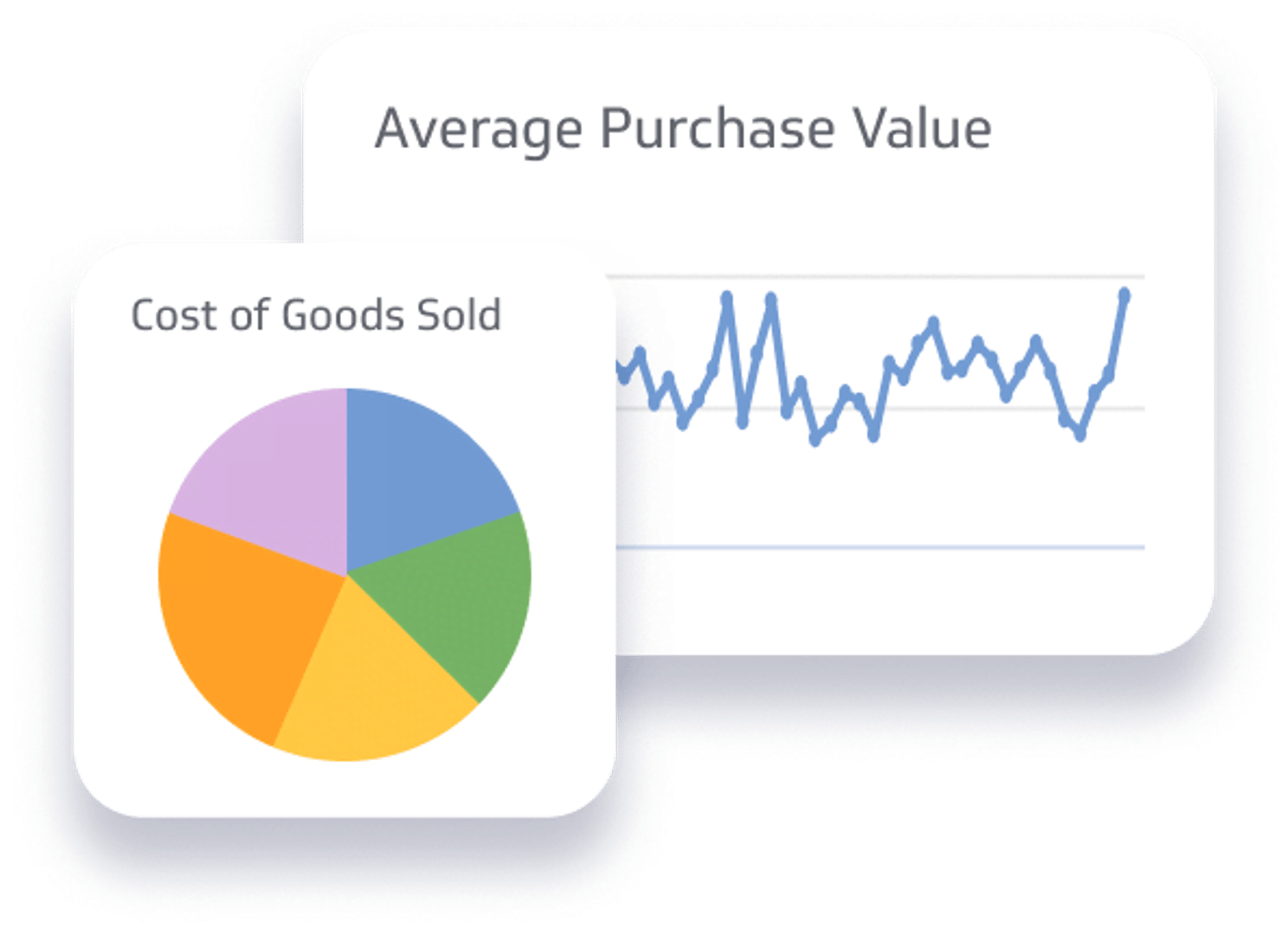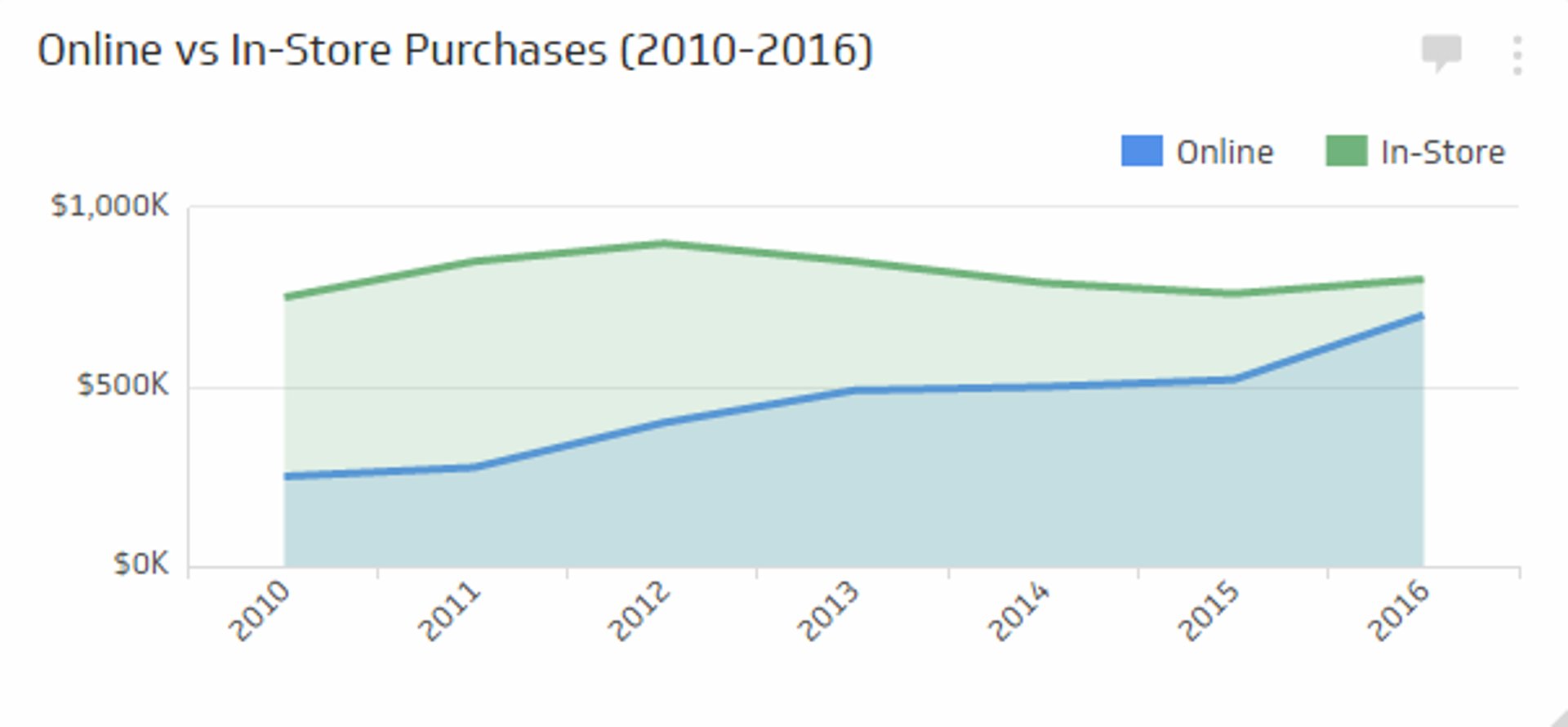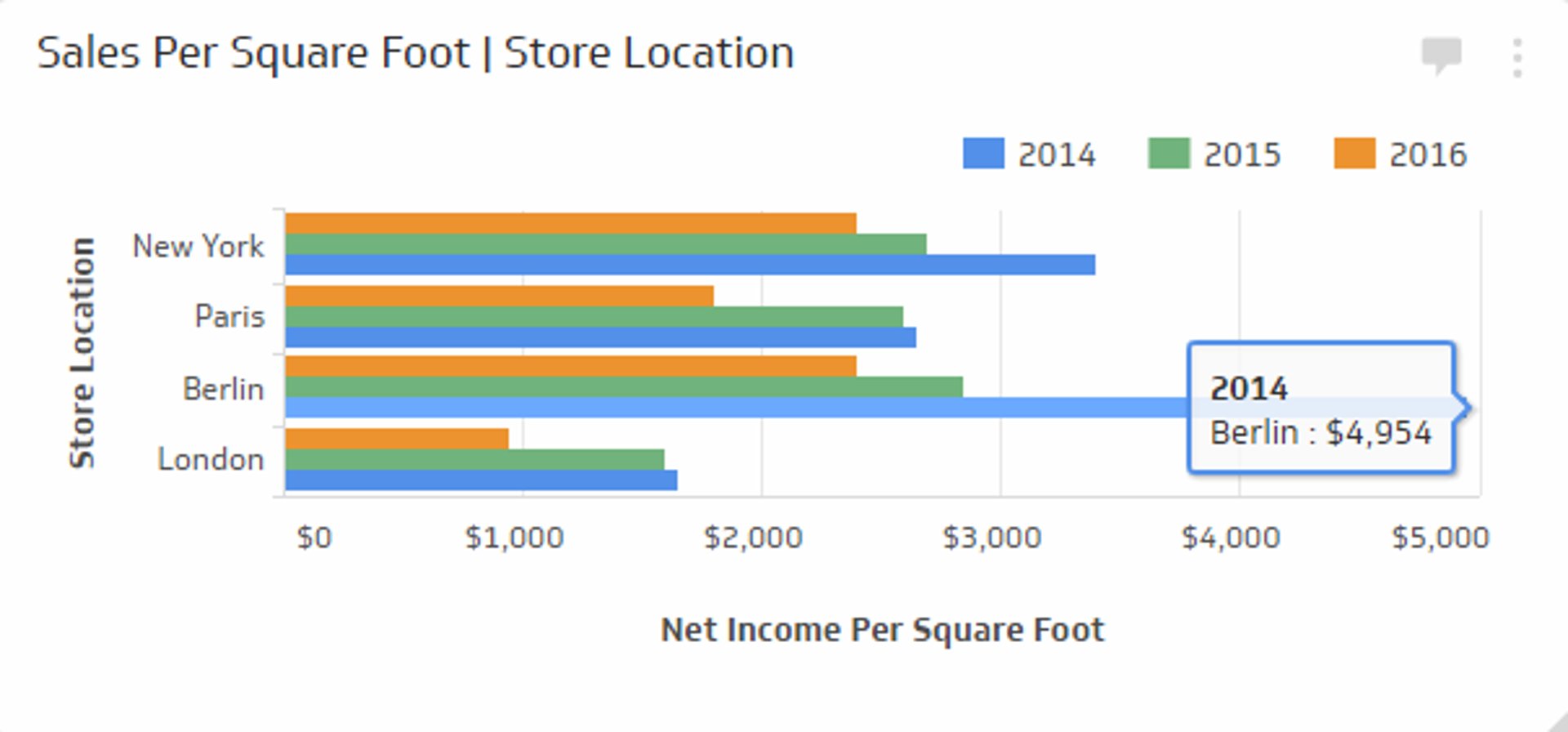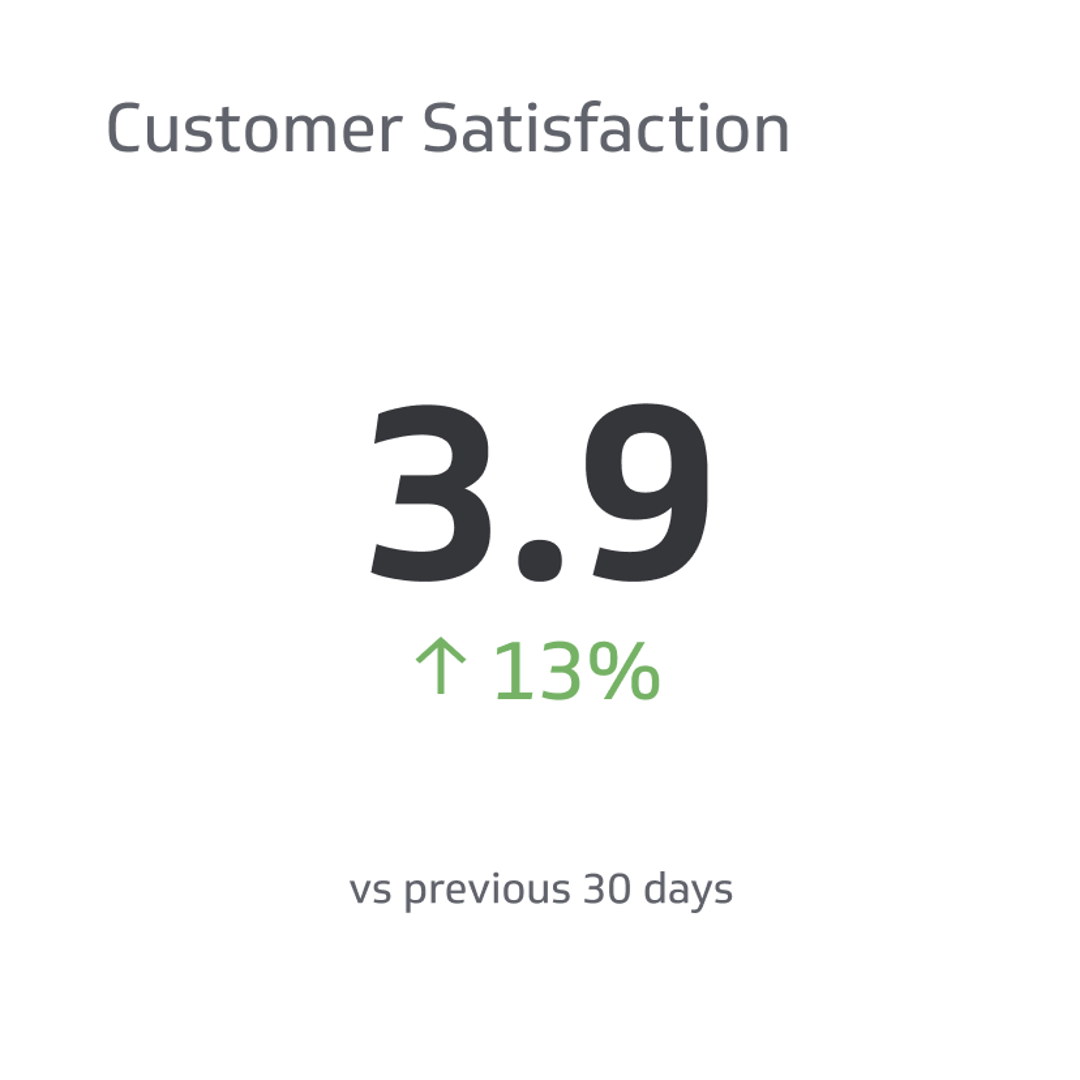Retail Metrics & KPIs
Metrics & KPIs for modern retailers
Track all your Retail KPIs in one place
Sign up for free and start making decisions for your business with confidence.

What Are KPIs in Retail?
KPIs help retailers measure their performance in key areas like sales, customer behavior, and operations. By tracking progress and identifying areas for improvement, retail businesses can make better decisions to boost overall success. In simple terms, KPIs are essential tools for understanding and enhancing retail performance.
How to Use Retail KPIs
Retail KPIs are essential for driving success in your business. To make the most of these valuable metrics, it's crucial to know how to effectively use them. Here's a simple guide on leveraging retail KPIs to improve your operations, enhance customer experiences, and ultimately, boost your bottom line.
- Set clear goals: Identify the specific objectives you want to achieve in your retail business. Goals can range from increasing sales to improving customer satisfaction.
- Select relevant KPIs: Choose KPIs that directly relate to your goals. Focus on a few critical indicators that will provide the most valuable insights.
- Collect data: Gather accurate and consistent data for your chosen KPIs. Use tools like point-of-sale systems and customer feedback surveys to collect the necessary information.
- Analyze results: Regularly review your KPI data to identify trends, strengths, and weaknesses. Look for patterns that can help you make informed decisions.
- Take action: Use your KPI insights to implement changes and improvements in your retail operations. Adjust strategies and tactics as needed to better achieve your goals.
- Monitor progress: Continuously track your KPIs to assess the effectiveness of your actions. Adjust your approach as necessary to stay on track towards your objectives.
- Communicate results: Share KPI results with your team to keep everyone informed and aligned. Use the data to motivate employees and promote a culture of continuous improvement.
Sharpen Your Retail Competitive Edge With the Right Metric
Your retail organization is about selling more products and retaining more customers. In order to stay competitive, you need to know everything you can about your business, your customers, and your competition.
Use these retail KPIs and metrics to keep your performance in perspective at all times.
Best Retail Metrics to Track
Ten common metrics monitored for retail store operations:
- Inventory to sales ratio (ISR)
- Same-store sales growth
- Stock rotations
- Sales by department
- Cost of goods sold (COGS)
- Sales per unit area (ex. per SQFT)
- Frequency of store visits
- Product shelf-space profitability
- Sales by product category
- Stock value
Maximize Your Retail Performance With Tailored KPIs
In today's dynamic retail landscape, it's essential to not only track your performance but also to adapt and evolve with changing trends and customer preferences. Delving deeper into retail KPIs and metrics can provide valuable insights that inform your decision-making and drive your organization's growth.
Our KPI examples & templates offer a diverse range of practical examples and easily adaptable templates designed to help you effectively measure, analyze, and optimize your retail business's performance across multiple key areas. By incorporating these tailored KPIs and metrics into your strategy, you'll be better equipped to stay ahead of the competition and ensure your retail organization continues to thrive.
Retail Metrics & KPIs



